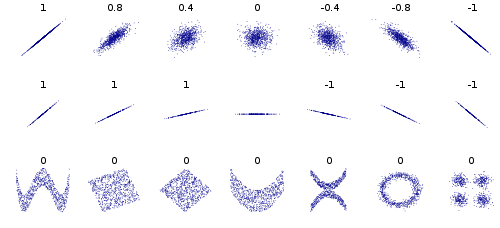I got this question:
If correlation doesn't imply causation, how do you detect causation?
in an interview.
My answer was: You do some form of A/B testing. The interviewer kept prodding me for another approach but I couldn't think of any, and he wouldn't tell me whether my initial response was correct or not.
Are there any other approaches? And was my response correct?

Best Answer
There are a few ways around this. You are right that A/B testing is one of these. The economics Nobel this year was awarded for the pioneering of field experiments in the study of policies against poverty which do exactly this.
Otherwise, you could go about one of the following alternatives: